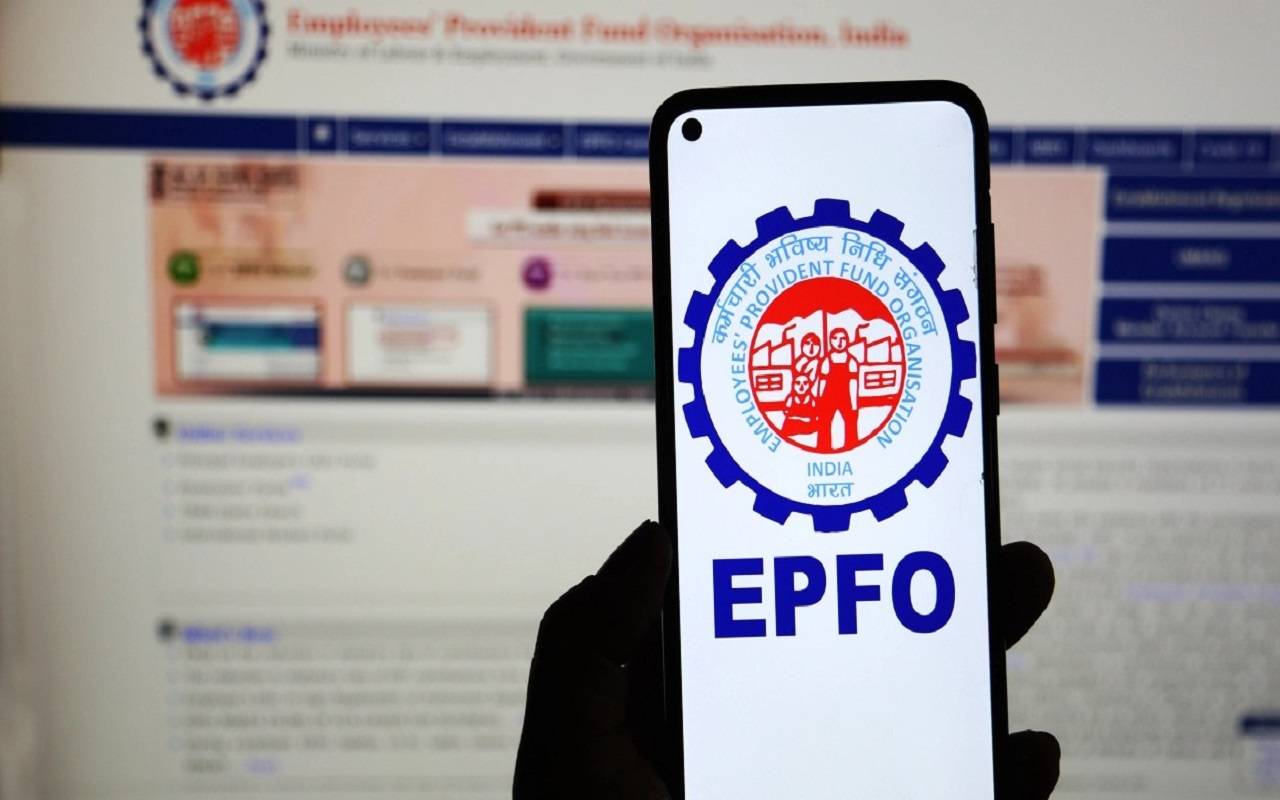
EPFO, which manages EPF and other employee welfare schemes, requires employees to be familiar with EPFO forms for efficient EPF-related transactions.
Here are some essential EPFO forms that employees should be aware of:
Form 19: This form is used to withdraw the EPF balance after leaving the job. The employee needs to fill out the form and submit it to their employer for processing. The employer will then attest to it and forward it to the EPFO office for final settlement.
Form 10C: This form is used to withdraw the Employee Pension Scheme (EPS) balance linked to the EPF account. The employee should fill out the form and submit it to their employer, along with the required scanned documents, for processing. The employer will attest to it and send it to the EPFO office for settlement of the EPS balance.
Form 31: This form is used to partially or fully withdraw EPF funds under specific circumstances, such as medical emergencies, house renovation, or marriage. Employees can apply for this form online or offline. Once the employer approves the form, the funds will be credited to the employee's bank account.
Form 13: This form is used to transfer the EPF balance from the previous employer to the current employer. The employee should fill out the form and submit it to their previous employer for processing. The previous employer will attest to it and forward it to the EPFO office for the transfer of the EPF balance.
If employees require assistance with these forms, they can visit the official EPFO website or contact their employer for guidance. The forms require personal and employment details, such as name, address, PF account number, date of joining and leaving the job, EPF Code, account number allotted to the new employee, and more. Attestation by the employer is necessary for further processing.
Having knowledge of these forms is critical for a hassle-free EPF experience. Employees must keep track of their EPF-related transactions and stay updated with the latest EPFO rules and regulations.

















